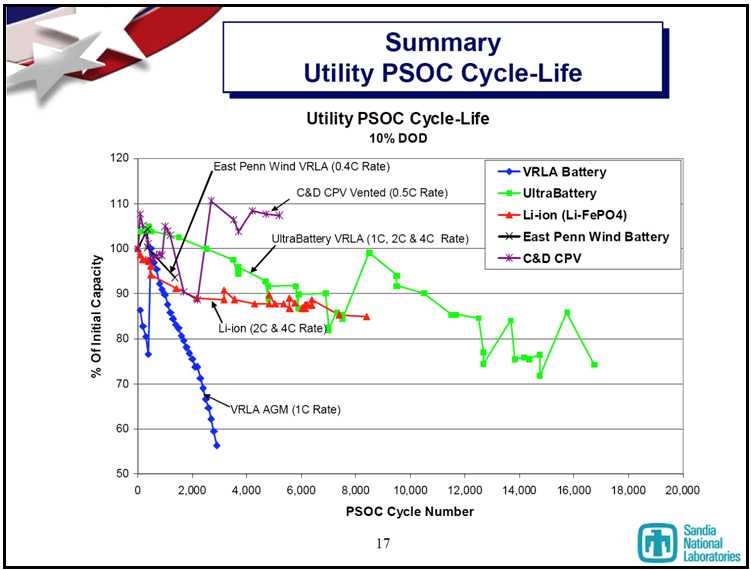The five entities that are actively developing lead-carbon battery technology are:
- MeadWestvaco (MWV), a packaging material and container manufacturing company that is developing activated carbon additives for the lead sulfate pastes used in conventional lead-acid batteries;
- Australia’s Commonwealth Scientific and Industrial Research Organisation (CSIRO), which has developed a split-electrode lead-carbon battery that it calls the Ultrabattery;
- Japan’s Furukawa Battery (Frankfurt - FBB.F), which licensed the Ultrabattery technology from CSIRO and has successfully road tested its device for 100,000 miles in a modified Honda hybrid;
- East Penn Manufacturing, a privately held manufacturer of lead-acid batteries that is using carbon additive pastes in experimental batteries and has recently acquired an exclusive U.S. sublicense to manufacture the Ultrabattery from Furukawa; and
- Axion Power International, a small manufacturer of lead-acid batteries that has developed a formidable U.S. patent portfolio in lead-carbon battery technology that will begin commercial production later this year and has partnered with Gaia Power Technologies for a NYSERDA funded utility substation support project that was discussed in the DOE’s 2008 Peer Review.
Cycle-life test results for the MeadWestvaco and East Penn batteries with carbon-enhanced pastes are both included in the Sandia graph, as are test results for the split-electrode CSIRO-Furukawa Ultrabattery. While Axion didn’t participate in last year’s tests,
All that SPLIT ELECTRODE means is one electrode is made of Lead, and the other is made of Carbon aka PbC. Ultra Battery is just a marketing gimmick.

Leave a comment: